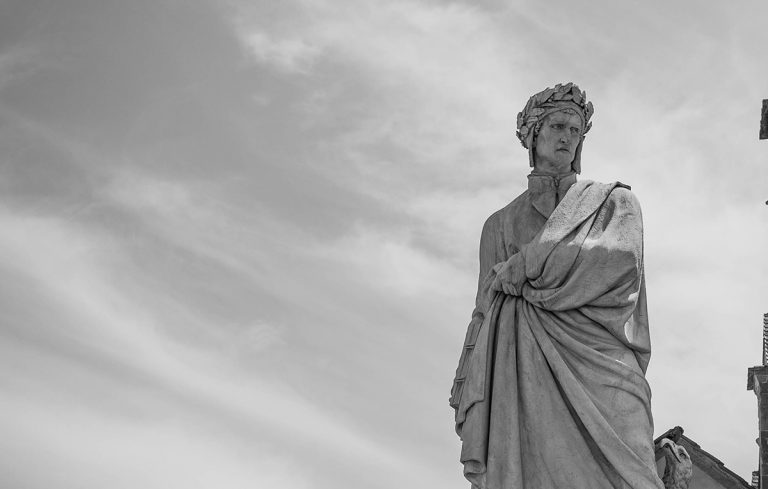


He served as Minister of police in the government of Cardinal Bofondi (1846-1848), in collaboration with Carlo Troya and Michele Amari. He did not condone extremists and he was aligned with Pellegrino Rossi. His political views subscribed to the ideology of moderate liberalism. His second wife was the English Margherita Knight and his third was Harriette Ellis, the daughter of Charles Ellis, 6th Baron Howard de Walden. Their son, Onorato, was Minister of Foreign Affairs of the Kingdom of Italy, while their daughter Ersilia was an archaeologist and the first woman who was admitted to the oldest scientific academy, the Accademia Nazionale dei Lincei. In 1840, Caetani married the Polish Countess Calixta Rzewuski, the daughter of Wacław Seweryn Rzewuski, a well-known Polish orientalist. His house was the meeting place of national and international scholars, such as François-René de Chateaubriand, Stendhal, Henry Wadsworth Longfellow, Franz Liszt, Honoré de Balzac, Renan, Hippolyte Taine, Frédéric Ozanam, Jean-Jacques Ampère, George Ticknor, Ferdinand Gregorovius, Alfred von Reumont, Démosthène Ollivier. Ī shot of Via Michelangelo Caetani, Rome, in 2006, showing the memorial to Aldo Moro. His work was printed by the monks at Monte Cassino, using early Chromolithography. He published relevant works, such as La Materia nella Divina Commedia and Carteggio Dantesco and designed a series of topographic maps to be used by students of the Divine Comedy.

Caetani was also a scholar of Dante Alighieri. The last of the three transformed Caetani’ s drawings into actual antique-style jewelries which today are partly preserved in the National Etruscan Museum in Rome. However, his interest in arts led quickly him to study in the studios of sculptors Bertel Thorvaldsen and Pietro Tenerani, the painter Tommasso Minardi and the goldsmith Fortunato Pio Castellani. According to the practice of his time, he was educated at home by private tutors. He was a descendant from the Italian noble Caetani family, which played a great role in the history of Pisa and Rome. Michelangelo Caetani, Duke of Sermoneta and Prince of Teano (Rome, 20 March 1804 – Rome, 12 December 1882), was a notable political figure, goldsmith, and an Italian scholar with a great interest in literature and sculpture.


 0 kommentar(er)
0 kommentar(er)
